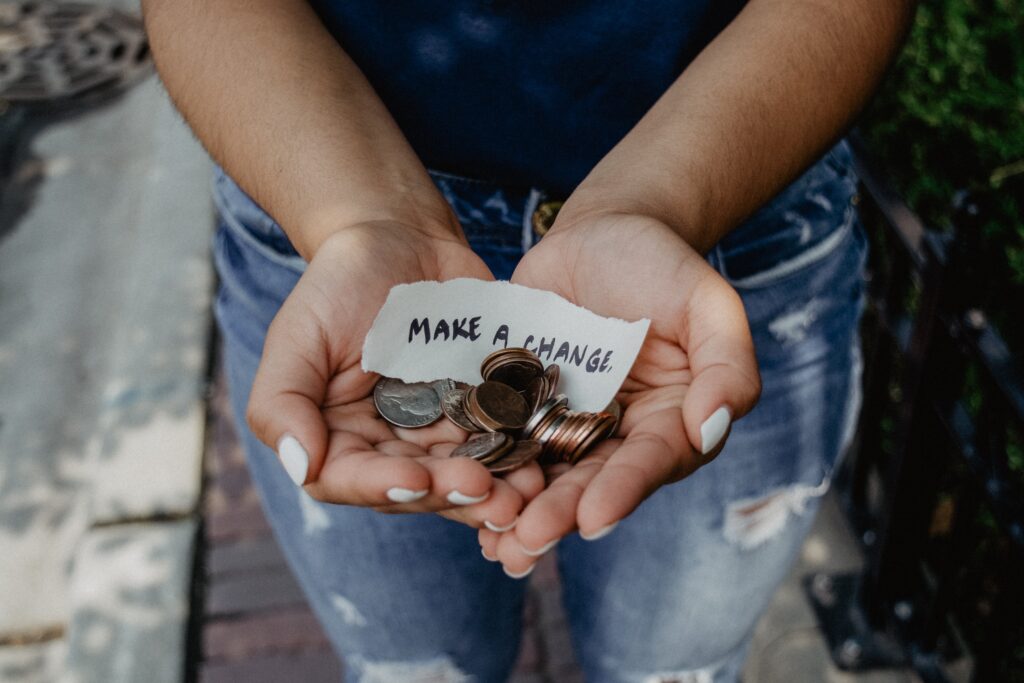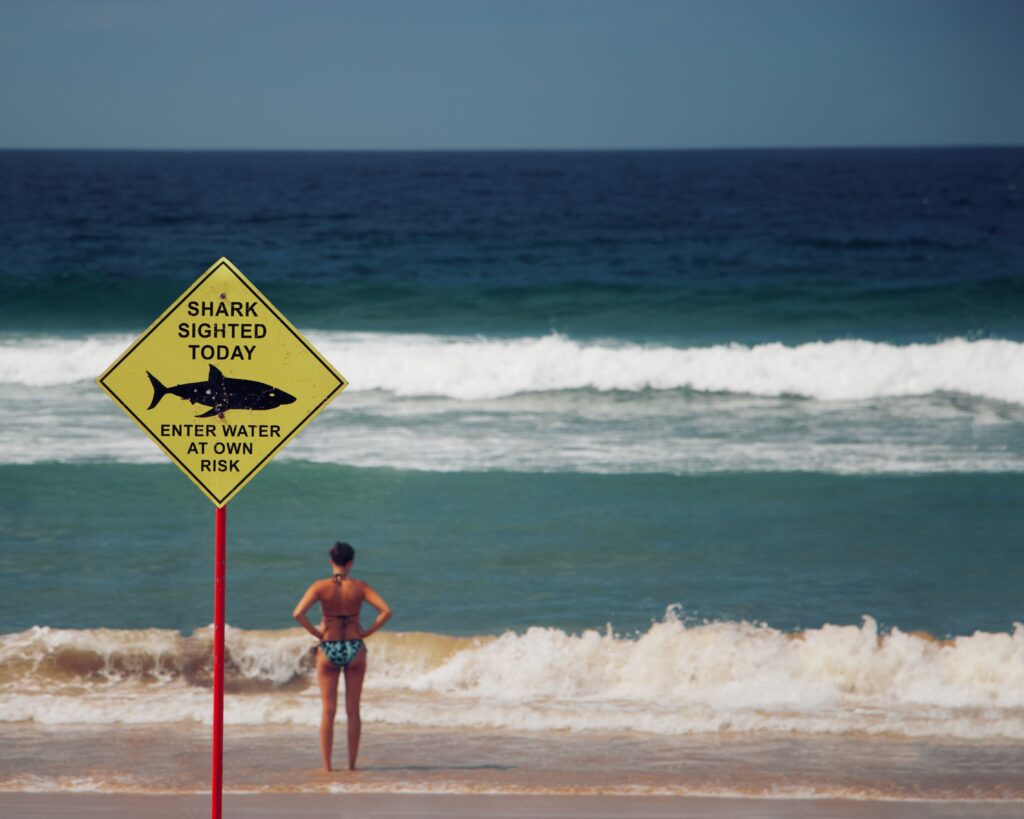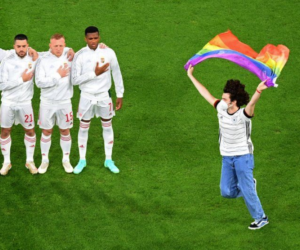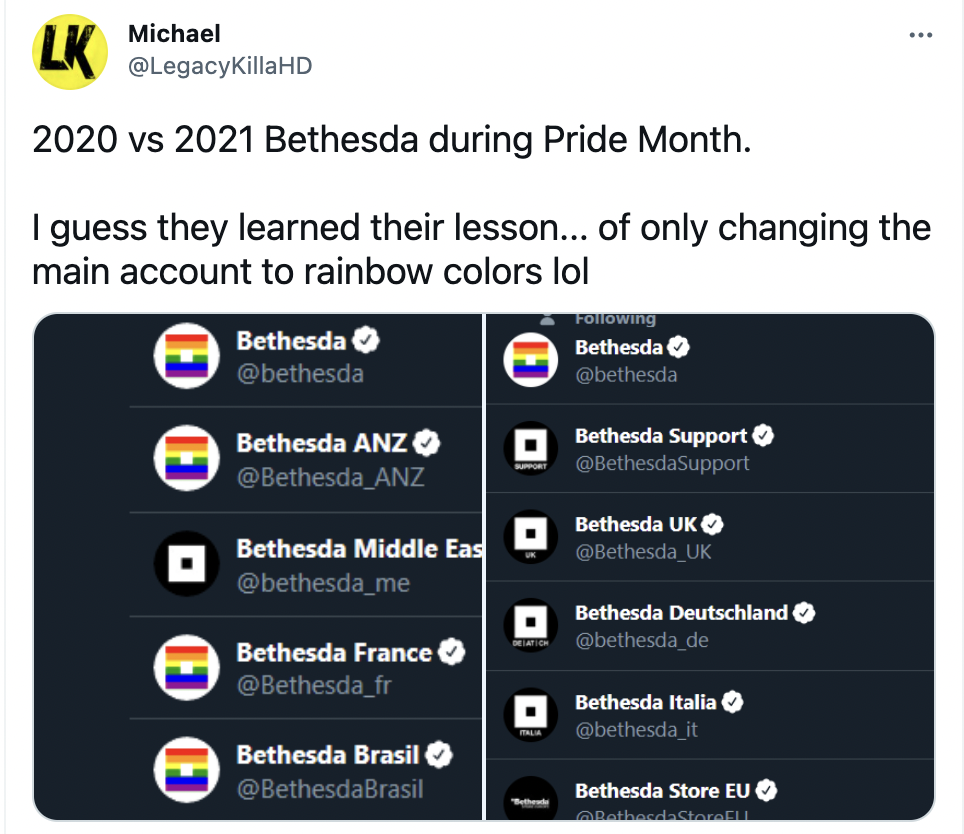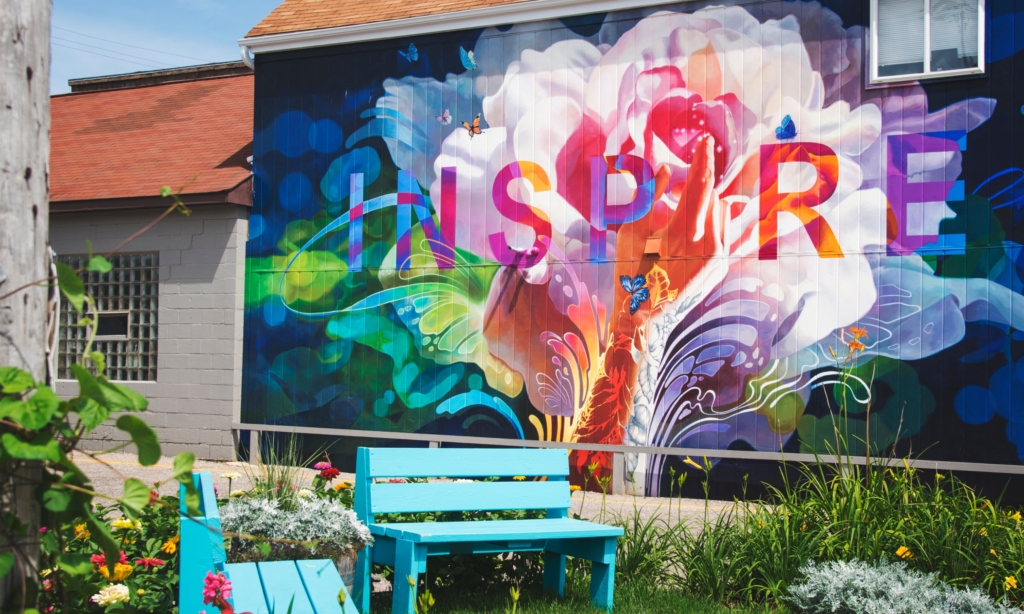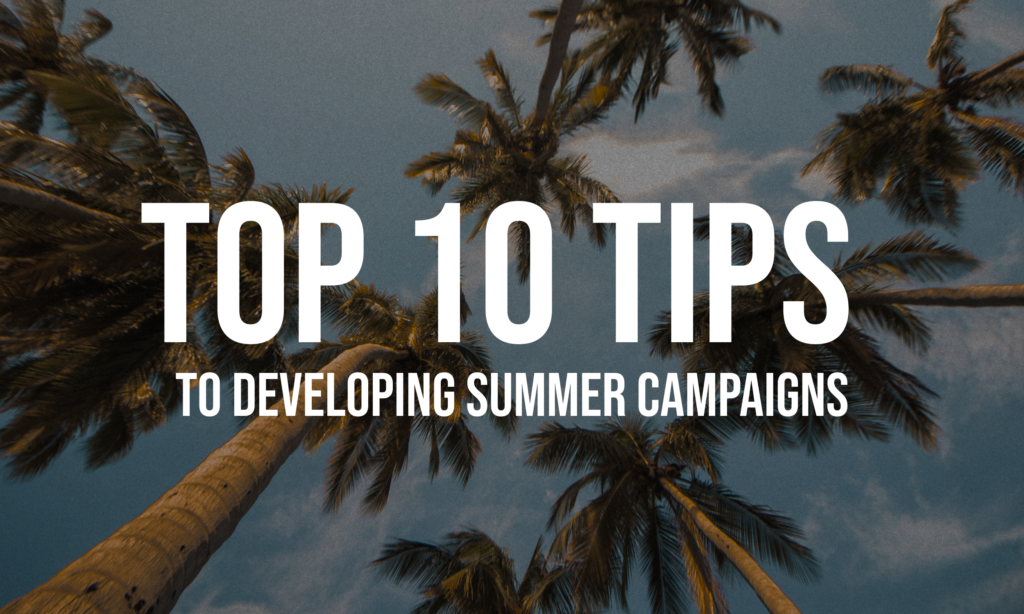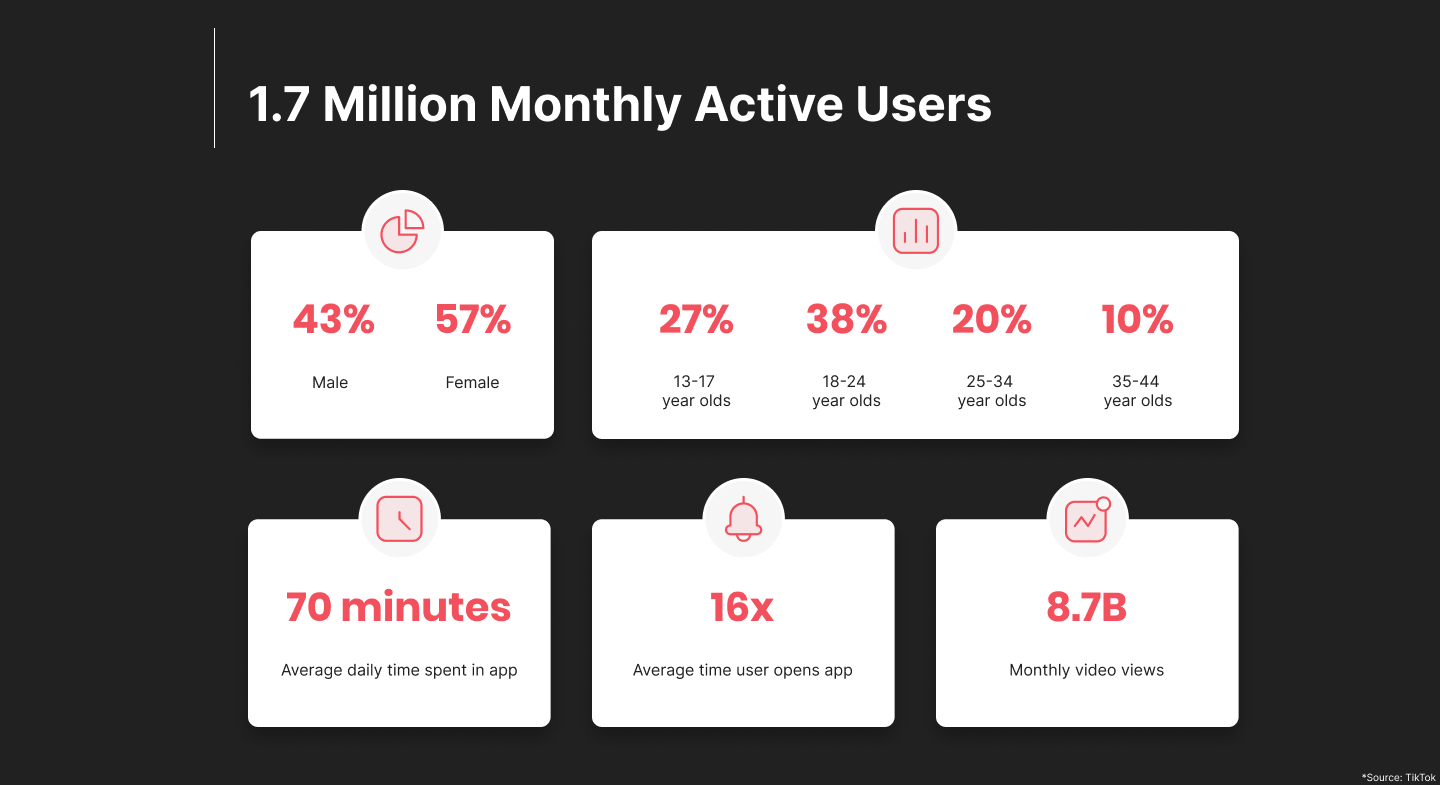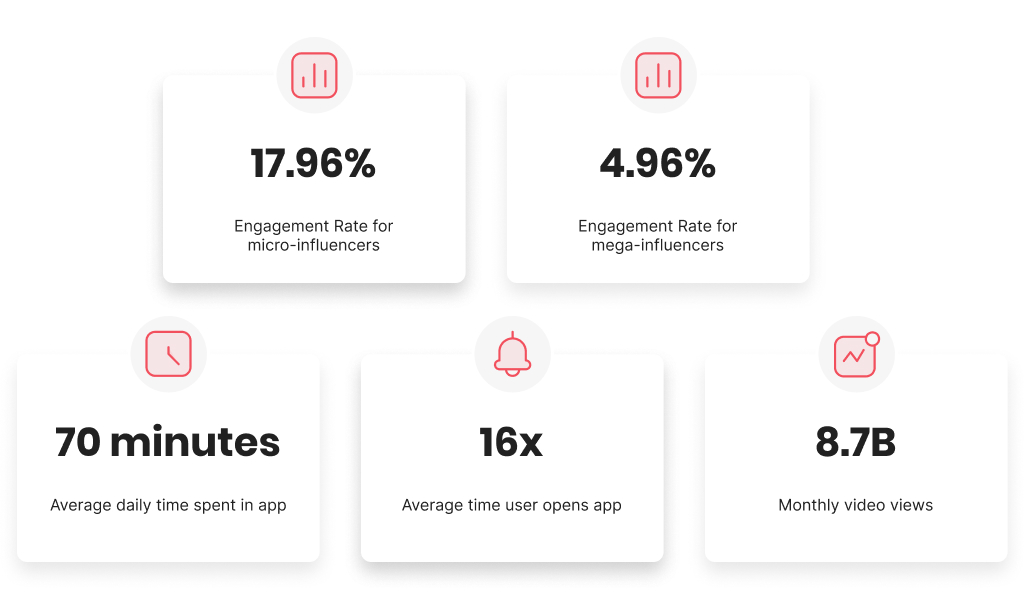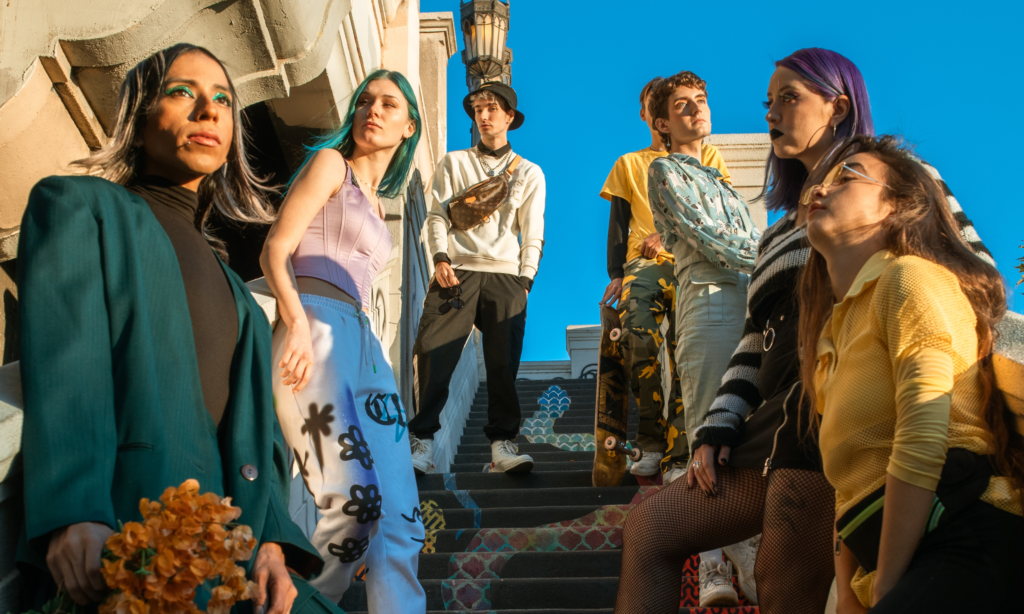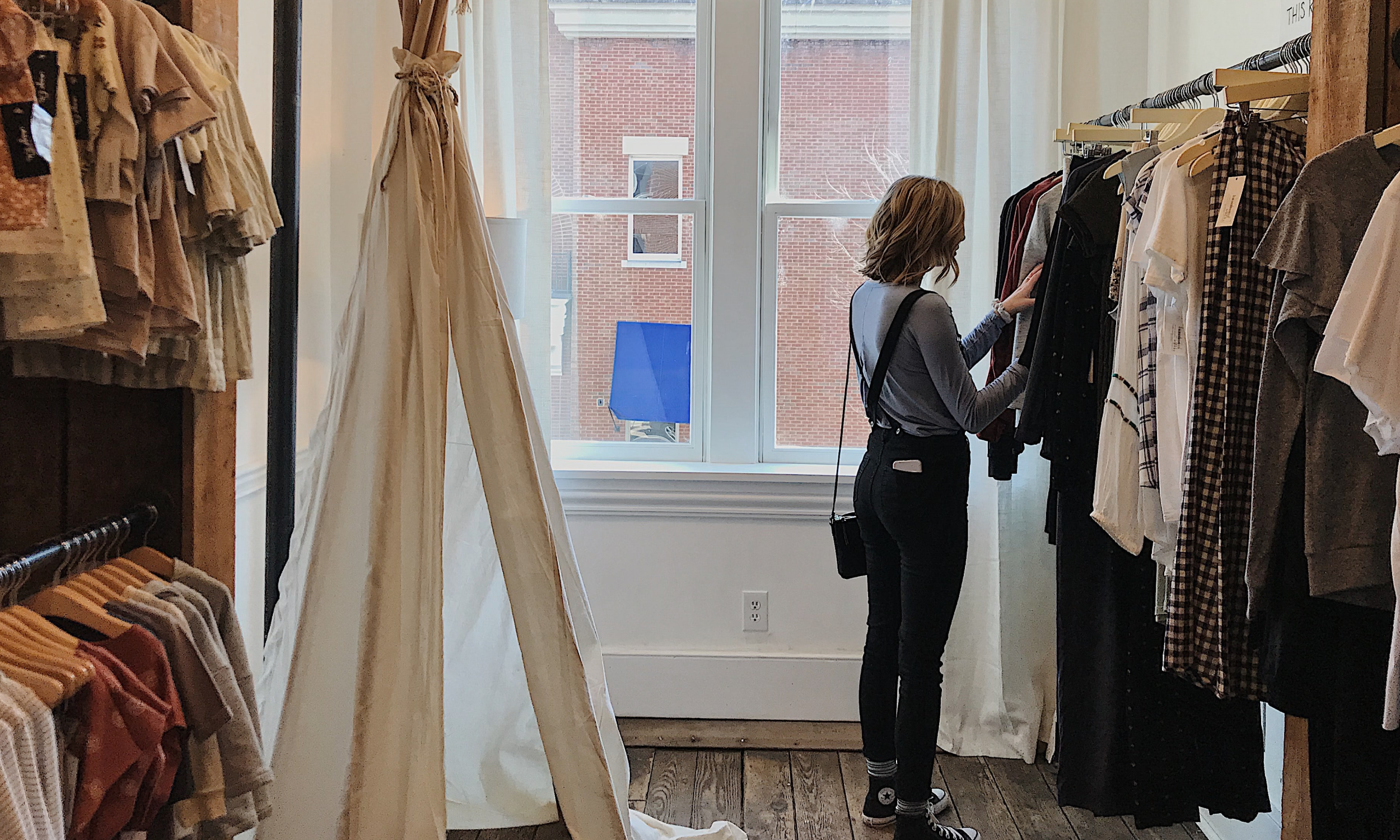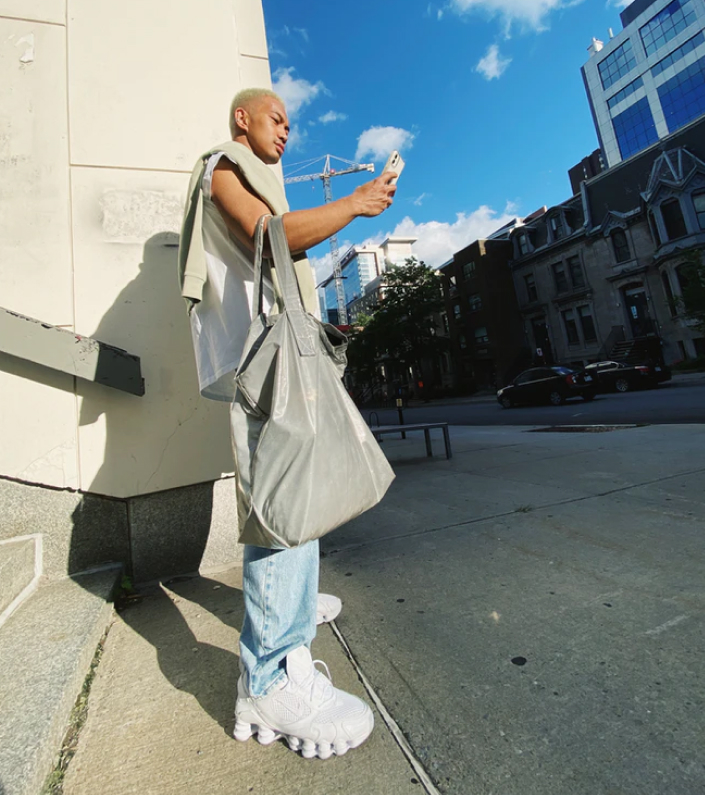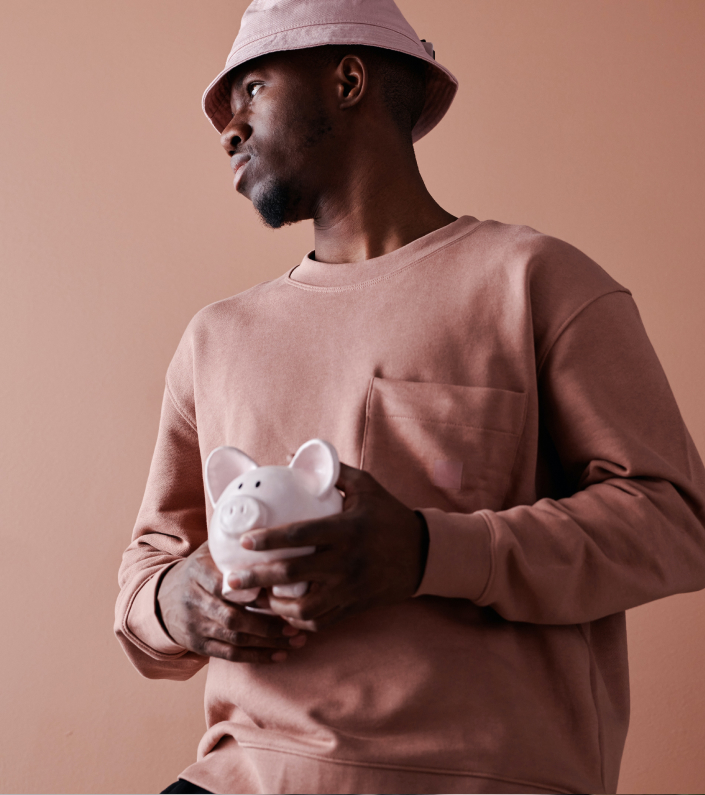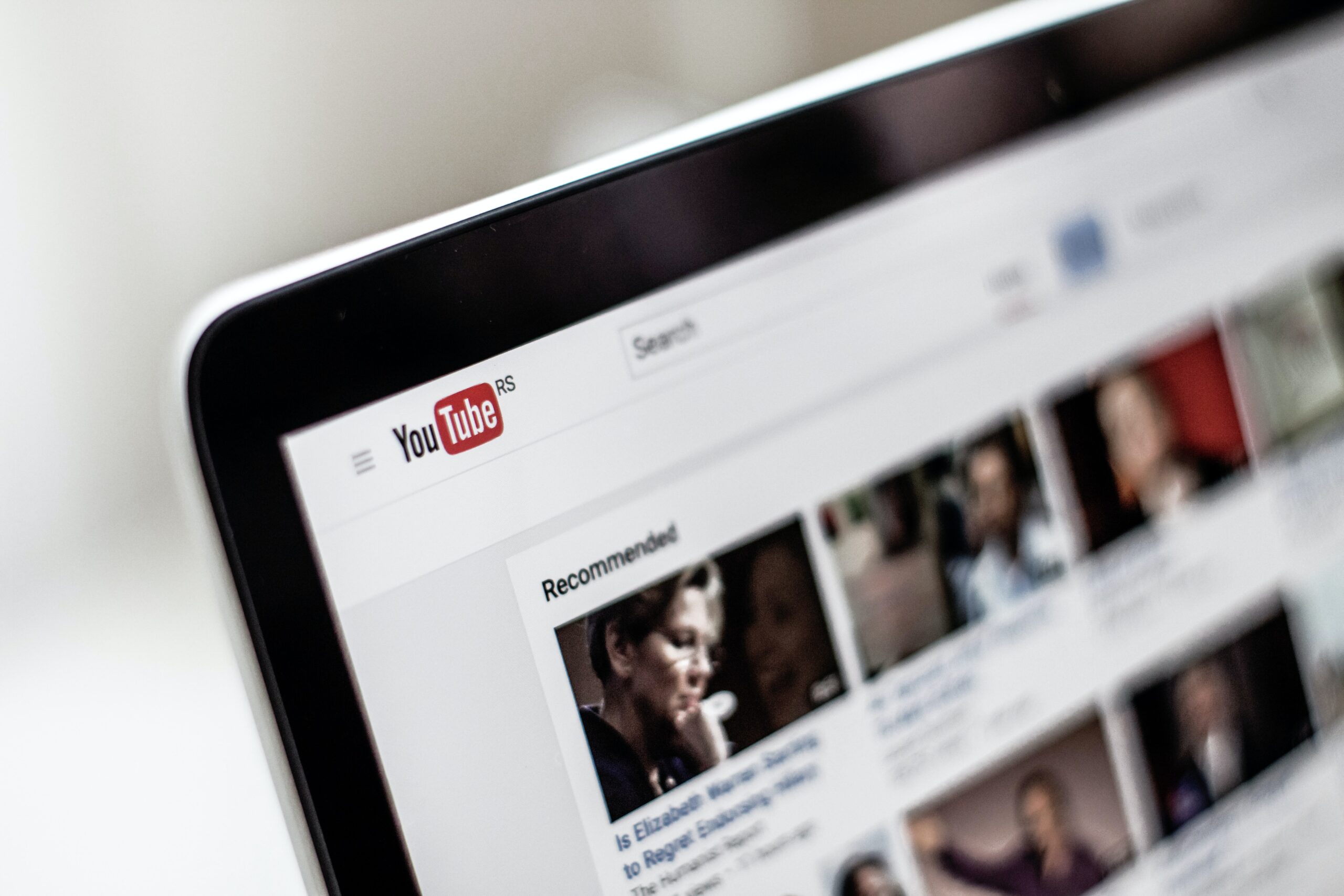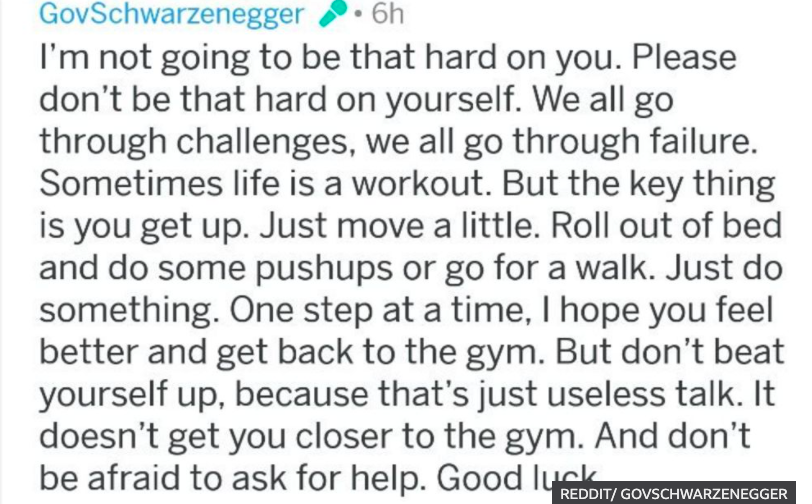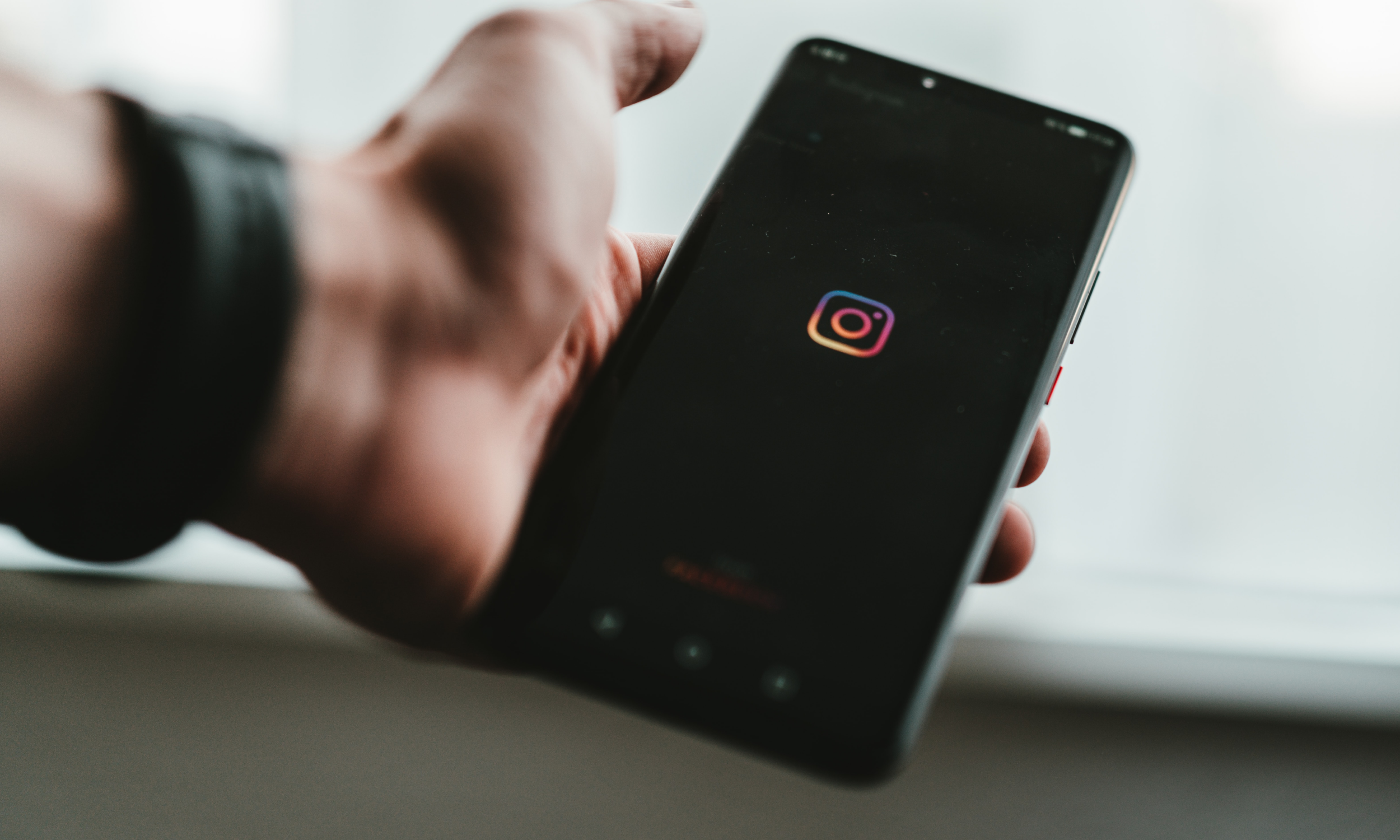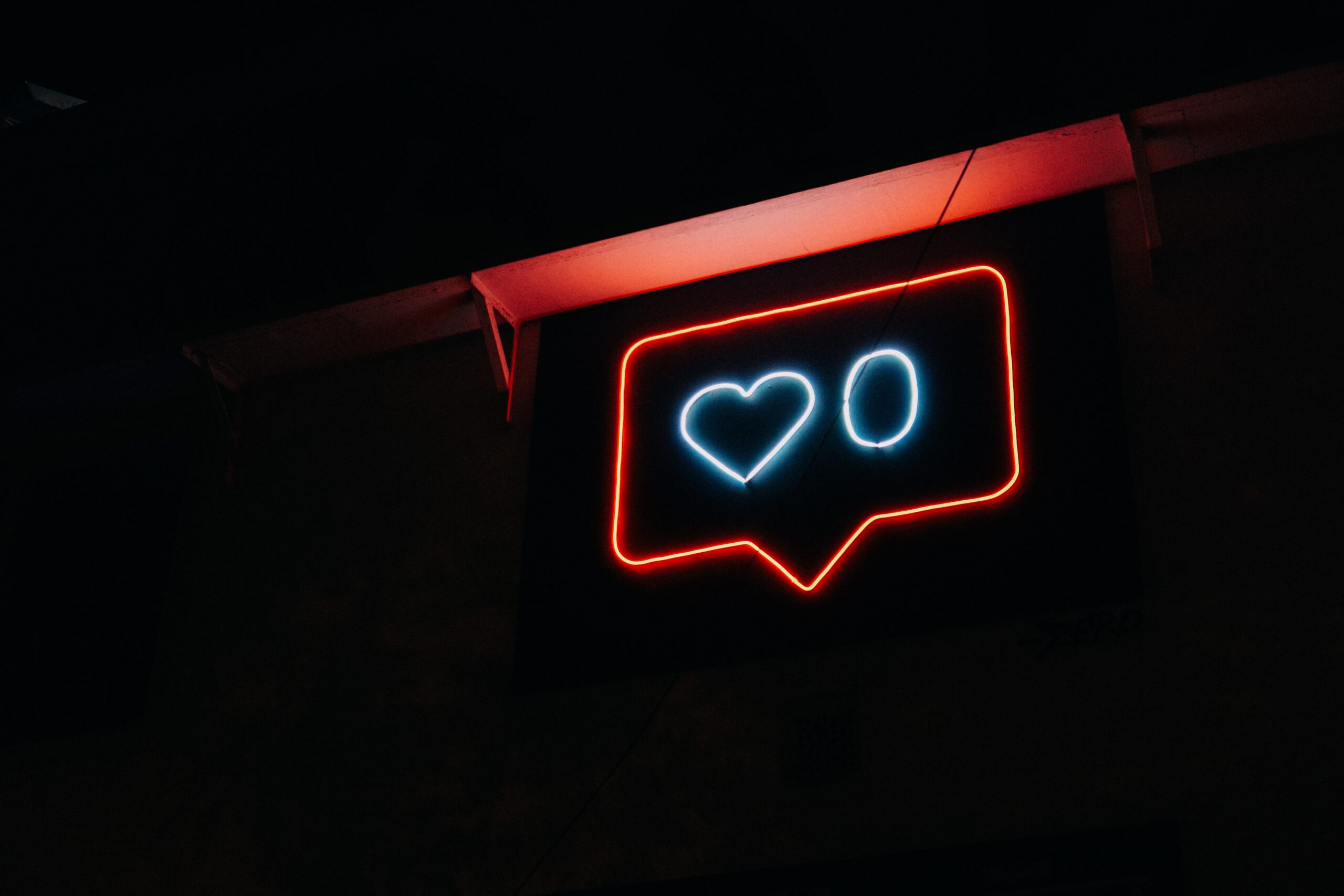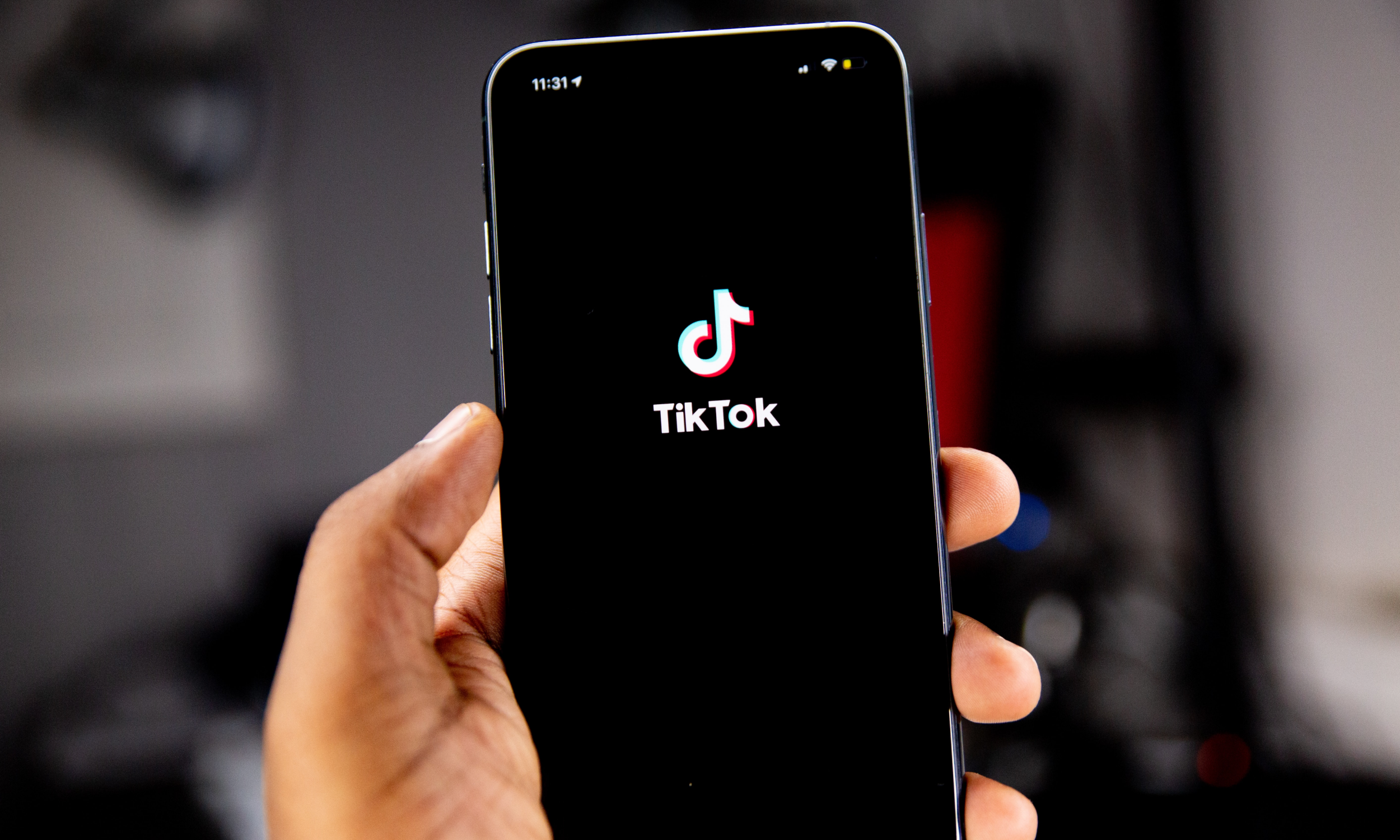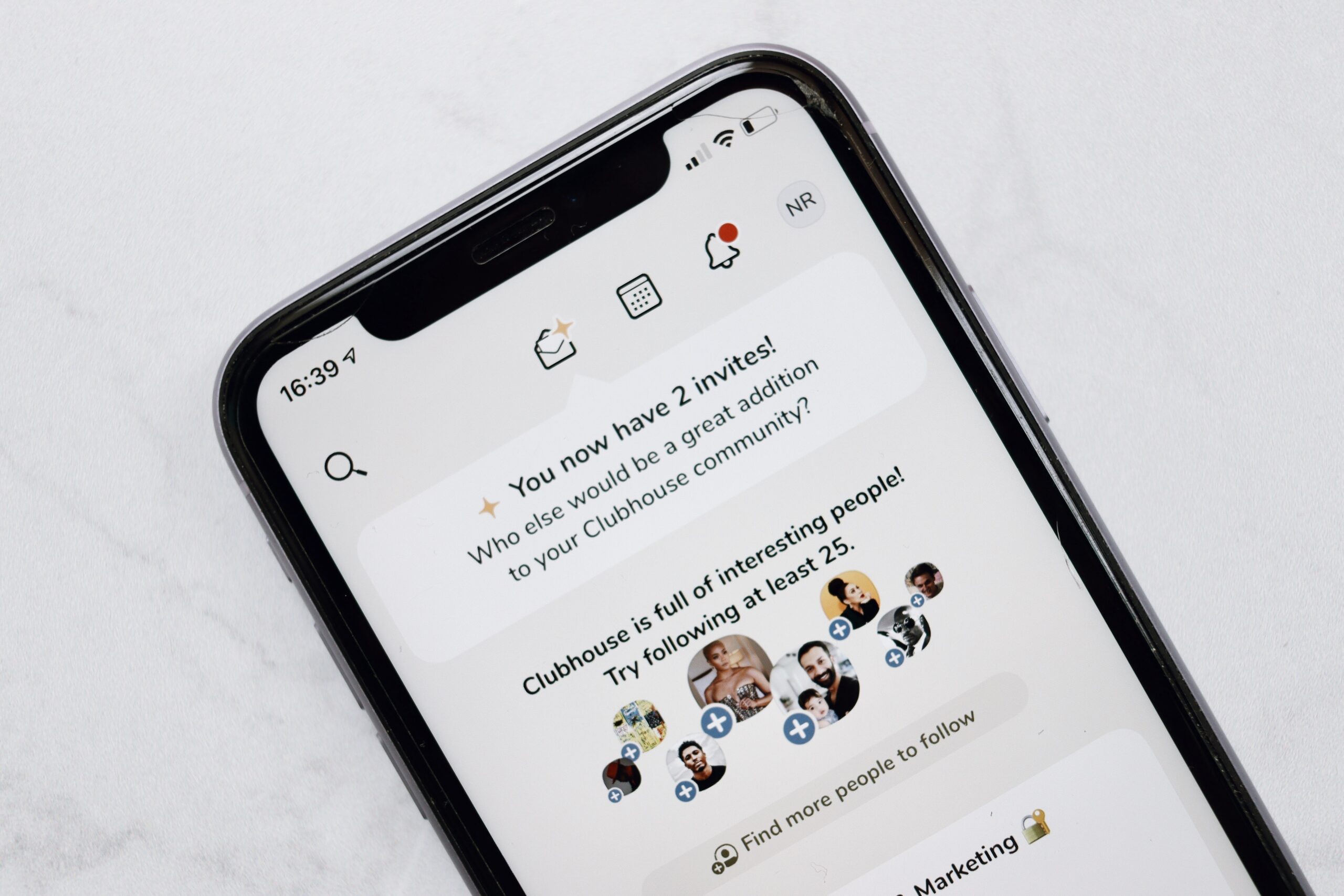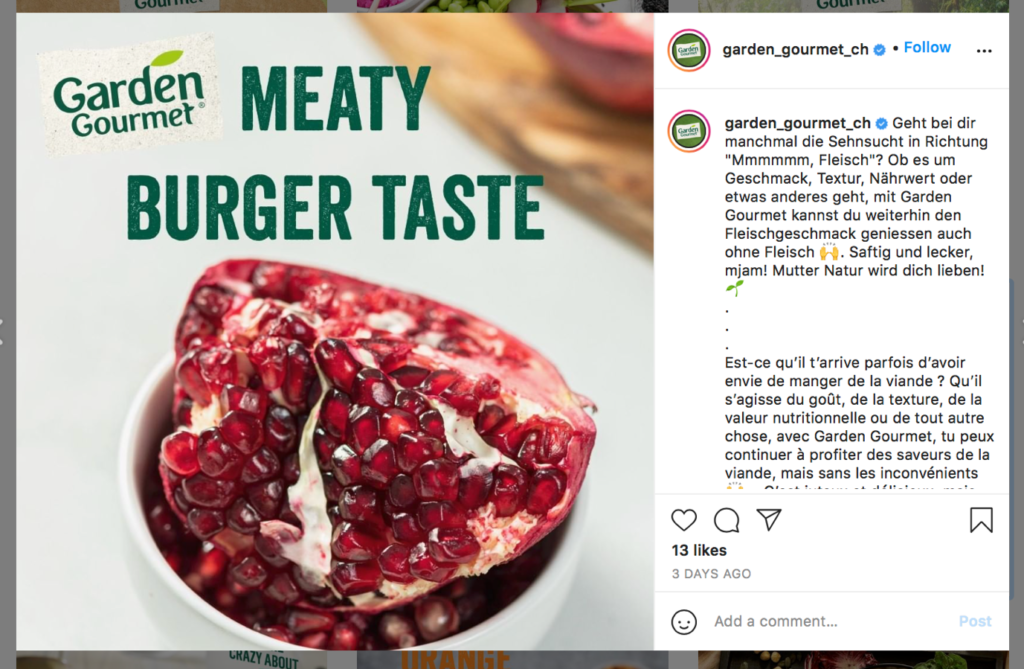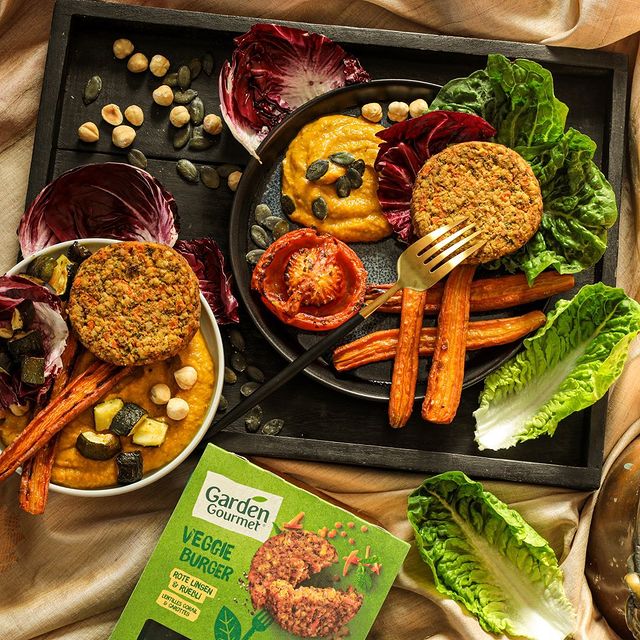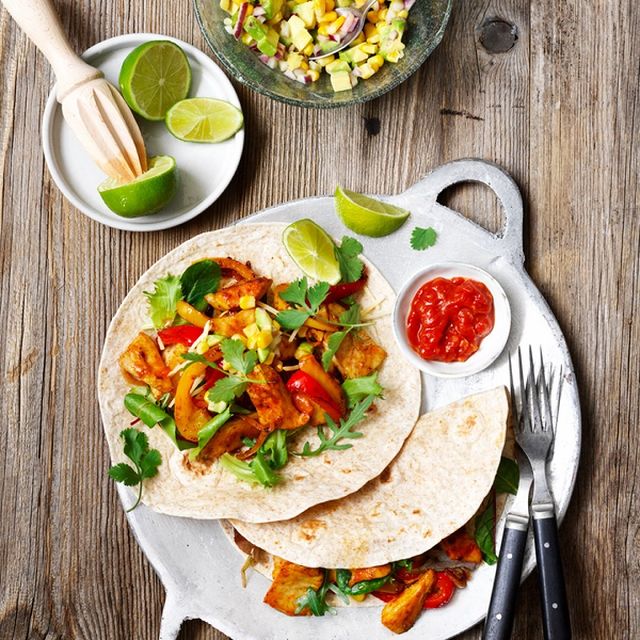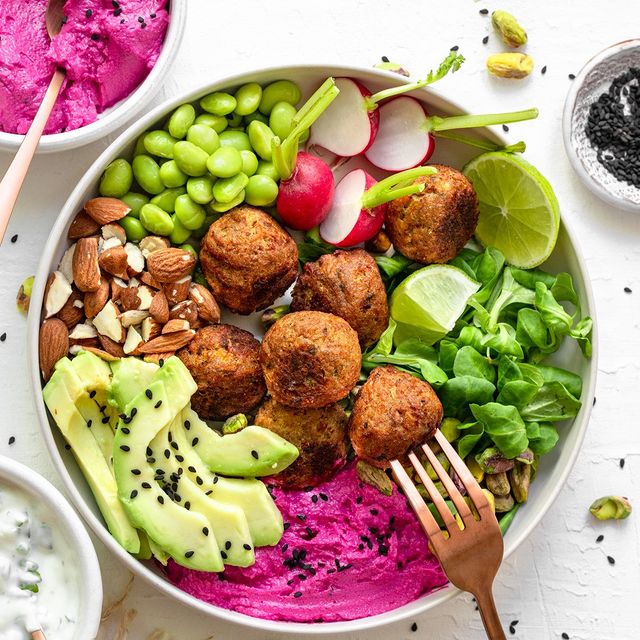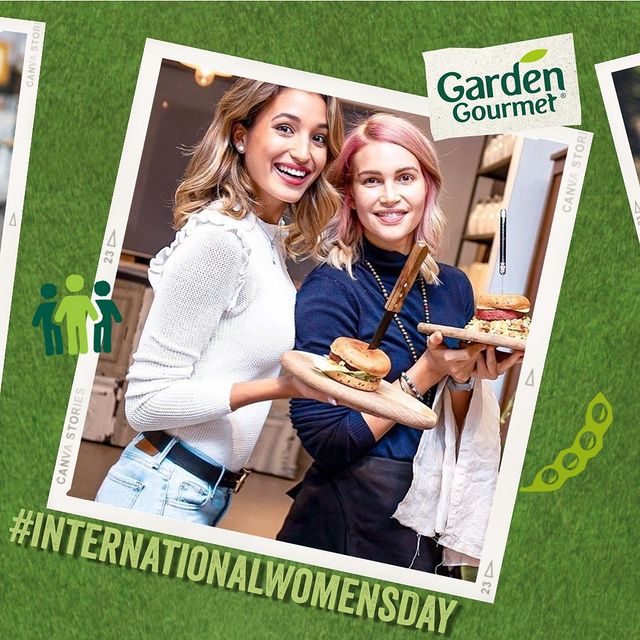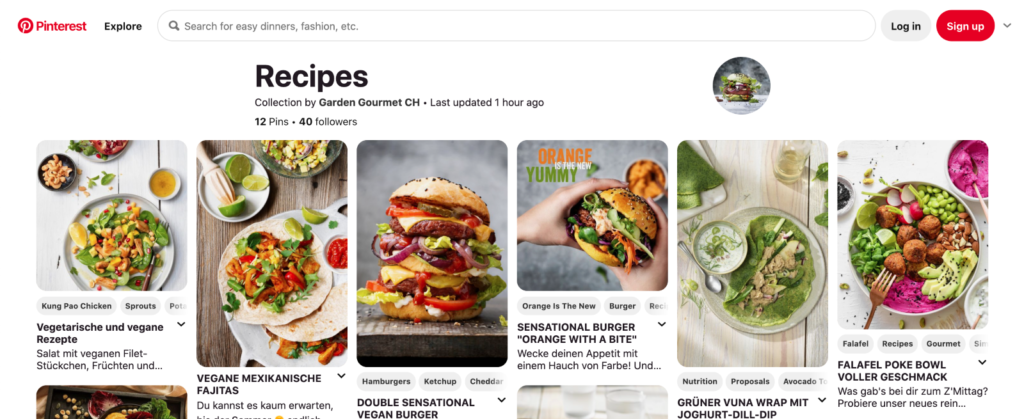Over recent years influencer marketing has seen a huge boom as brands have been discovering the benefits of the practice and benefitting from the positive returns it can generate for them. In 2021 Nearly two-thirds of marketers said they will increase their spending on influencer marketing significantly, compared to only 39% stating the same in 2018. One of many signs that this fresh marketing tactic is no longer standing on the sidelines but has become central to brand’s go-to-market approach. One main reason behind this is that IM return on investment has become a lot easier to measure and track. That being said, in new 2021 studies, 89% of marketers say ROI from influencer marketing is comparable to or better than other marketing channels.
It is thus no surprise that IM has been seeing its popularity rise exponentially and whereas the global advertising market might be undergoing some turbulations, we see that the social media advertising and influencer marketing spending of companies is rising sharply, with the projected year on year increase in global influencer marketing revenue expected to continue to reach double digits for the next foreseeable years – according to renowned market research firms the expected CAGR will be around 32%. Meanwhile 17% of marketers claim they will spend 50% or more of their marketing budget on IM. Do we need to say more?
But of course influencer marketing is more attractive for some sectors than for others and every industry also has its own dynamics that is reflected in how intensively – if anything – marketers adopt IM as a solid part of their marketing strategy. Within the influencer industry, the five most popular categories with a share of 57% were lifestyle, travel, food, parenting, and fashion and beauty. Often even within the sector we see different stakeholders have a heterogenic approach to influencer marketing among the main actors. That is definitely the case for the travel and tourism industry where we see different industry players apply influencer marketing in different ways as part of their marketing strategy.
The case for IM in the travel industry

It is fair to say that all the positive aspects that make IM effective and popular in general apply to the travel industry, and perhaps even more than to others. Why? For starters in travel word-of-mouth is potentially even more important as a decision making factor for those people deciding where to go, how to get there and where to stay than in any other sector. Peer-to-peer reviews are almost nowhere as important and decisive for consumer decisions as in the travel industry. Therefore inspiring trust by means of authentic influencer reviews and recommendations can provide a significant sales push by boosting a brand’s image and triggering positive purchasing or booking decisions. The closer the influencer is to their community the bigger this impact will be. This type of gentle but effective push is hard or impossible to achieve with any other form of communication or advertising. Moreover, it has been shown in studies on consumer decision processes that travel is one of the areas in which consumers most turn to influencers to get inspired. There is a very aspirational component to travel and seeing the people one looks up to visiting certain locations and gaining memorable experiences with the brands that make it possible. Whether you are looking for full-on glamour or back to basics nature experiences, when an influencer promotes your destination or service, those with similar lifestyle aspirations seeking for certain experiences are bound to feel inclined to follow in the influencer’s footsteps.
Newly emerging IM champions in the sector
The travel and tourism industry is made up of many different actors such as passenger transportation and airline companies, hotels, intermediaries (traditional and online travel agencies) and leisure experience providers. These players have typically showed a somewhat fragmented approach to their usage of influencer marketing. One of the surprising evolutions that we have witnessed gaining strength over the past years has been the involvement of travel and tourism associations and destinations, where they have been taking control to gain appeal in the eyes of consumers. One of the already famous examples from this year has been the ‘no drama’ campaign from Schweizer Tourismus which included Roger Federer – in terms of an influencer it does not get much better – and actor Robert De Niro. The campaign has been widely recognized as a massive success and even won multiple awards, including in Cannes. In order to give their campaign even more firing power they have engaged a real influencer squad to further spread the message towards a wide audience and achieve positive outcomes.
New opportunities for the ‘underdogs’
When it comes to the leading actors in the industry – passenger transportation, hotels / hospitality and travel agents – we see pretty much a similar pattern when it comes to influencer marketing spending compared to other forms of advertising. But there are some clear differences. The similarities lay in the fact that just like with traditional advertising the big players – traditional travel agencies aside as they have seen their markets and budgets shrink dramatically due to online competition – in general have the bigger budgets to spend on influencer marketing and can therefor work with top influencers, content creators and professional agencies and have even dedicated resources to plan and execute their IM strategies and tactics. But the more relevant part is probably where IM offer a different picture than what we saw before. For starters despite online travel agencies investing a lot in digital marketing and advertising, especially search, display and on social media advertising, we see them being less active in IM working with social-media-made influencers. Instead we see them working more often with celebrity endorsements, which is for many also considered influencer marketing.
But more importantly by working directly with influencers smaller brands like small hotel chains or individual establishments now also have the power to tap into an effective marketing resource that has proven to yield positive results and return on investment. Interviews with single hotel or small hotel chain employees have taught us that very often these organizations do not even have dedicated marketing professionals or teams and so elaborate marketing actions are nearly impossible for them to manage. However working with influencers is ‘easy’ because by just choosing the right people to work with and giving them a clear briefing, the influencer does most of the work such as content creations and promotion for them. This is a huge game-changer and gives these brands access to a marketing power they did not have before. Often hotels get approached by influencers who pro-actively reach out in an effort to create win-win deals, allowing the hotel to investigate if the influencer is a fit or not without having to spend time scouting through social media, and if there is a fit it is usually cost-effective to book them as often remuneration is a mix between cash payments and in-kind payments – mainly free hotel stays. That means IM has the power to democratize the hospitality sector’s marketing power a little bit.

Another factor where IM plays a role is through the fact that for a hotel it’s much more lucrative to get direct bookings as receiving bookings via agencies (offline and online) is usually a lot less profitable due to the high commissions paid. Working with influencers has been proven to generate sales / bookings and by directing people to the hotel website to book directly, IM can contribute to a higher profitability .
Travelfluencers and the win-win-win

Contrary to what critics might say or wish to believe, travel influencer is a real job. And a rewarding one when done properly, no matter if we speak about macro or micro-influencers. Whether main occupation of side occupation, it requires investment in time, effort and yes resources along with a good dose of creativity, content creation skills and more in order to provide both brands and consumers with what they are looking for. Many travel influencers are skilled photographers, videographers, etc and spend ample time in researching the places they go, and creating the perfect shot that tells a story like no other. What is important for travel influencers is to always remain authentic and honest in order not to betray the trust of their community. It is thus always a tough task for influencers to choose the brands and organization they actually genuinely feel comfortable working with and promoting , while at the same time giving truthful and balanced feedback towards their audience. When done successfully this creates a win-win-win. Often influencer receive benefits such as some form of payment and other perks, the brand benefits from the generated visibility and image-boost, and the audience gets valuable insights that help them make consumer / travel decisions helping them avoid disappointing mistakes and guarantee that the trip will be worth the effort, and money spent.
Go micro, and other tips
By now it has become common knowledge that in order to achieve positive results and return on investment it is not necessary to work with the most famous influencers or those with the biggest audience – so called macro influencers. Especially for the hospitality sector it has been proven to be very rewarding and cost-effective to work with micro and even nano influencers. Often these influencers have an even better and closer relationship with their community which makes that their recommendations carry even more value towards those audiences. Especially in the travel and hospitality industry where this aspect of trust and word-of-mouth is so crucial this ‘closeness’ generates more impact and directly affects people’s decisions, resulting in revenue generation for the brand. Smaller influencers usually also have a more defines audience and homogenous follower community, making them the perfect vehicle to target specific communities effectively. Their communities are usually also more engaged, resulting in higher interaction with your brand based on the posts they do and a higher incidence of call-to-action uptake or conversion as a consequence. As their influencer fees are also generally lower than for bigger influencers, it is possible to work with more influencers in one campaign, thereby expanding the reach and combining reach in numbers with the objective of having a focused reach zooming in on exactly those people you want to engage.
Other tips for travel brands include:
- When working with influencers go for long term collaboration because the benefits of doing so are significant: not only will you be able to negotiate better deals with the influencers but the influencer will also become more of a brand ambassador for you and as people start recognizing this over time, they will associate the person with your brand and vice versa and their endorsements will generate more positive impact
- Work with video as much as possible as this is the preferred medium these days as well as the most impactful one
- Choose the right influencers, based on their image, value lifestyle and especially their community – always do your due diligence
- Although Instagram is the most popular platforms for travel influencer campaigns, it is worthwhile looking into other platforms like TikTok as well, although these do require a different approach and so it is always useful to look at benchmarks first and explore the options
- Focus on creatine interaction with the audience and engagement above anything else
- It’s all about experience and inspiration so when collaborating with the influencers go for the route that really inspires people to the max
- Track your performance and set goals, IM is no longer just about awareness and top of the funnel but also more and more about actual conversion and generating sales / direct revenue
- Social responsibility is a big topic, but it no longer just includes sustainability in covid-times – take this into account to avoid risks of public backlash
Don’t forget Covid
The pandemic has had a disproportionally strong impact on the travel industry in comparison to any other industry. Even with gradually lowering restrictions and glimmer of hope that things are slowly going back to ‘normal’, it has to be taken into account that that normal is no longer defined the way it was before. Not only did the hospitality sector need to change the way it operates – check initiatives life the well health safety seal in the US and beyond, but it also has tremendous consequences for influencers and influencer marketing. What was previously easy and simple or no-brainer can now unlock serious repercussions in the form of reactions from the public when not thought of. Influencers need to show that they take the necessary safety precautions when traveling in order to set the example and also to offend anyone in their community (and beyond). At the same time they also need to showcase this aspect of safety and health concerns more than ever when they create content about their experiences on certain journeys and with certain brands as people will be looking out for this and will want to know if certain airlines hotels, restaurants, etc can be considered ‘safe places’, meaning they minimize the risk of covid infections to the maximum. More than ever the aspect of social responsibility has expanded from aspects such as sustainability and employee well-being to include public health-measures. Click here to find out more about our influencer marketing services.

Author: Megan Bozman, Owner @Boz Content Marketing


